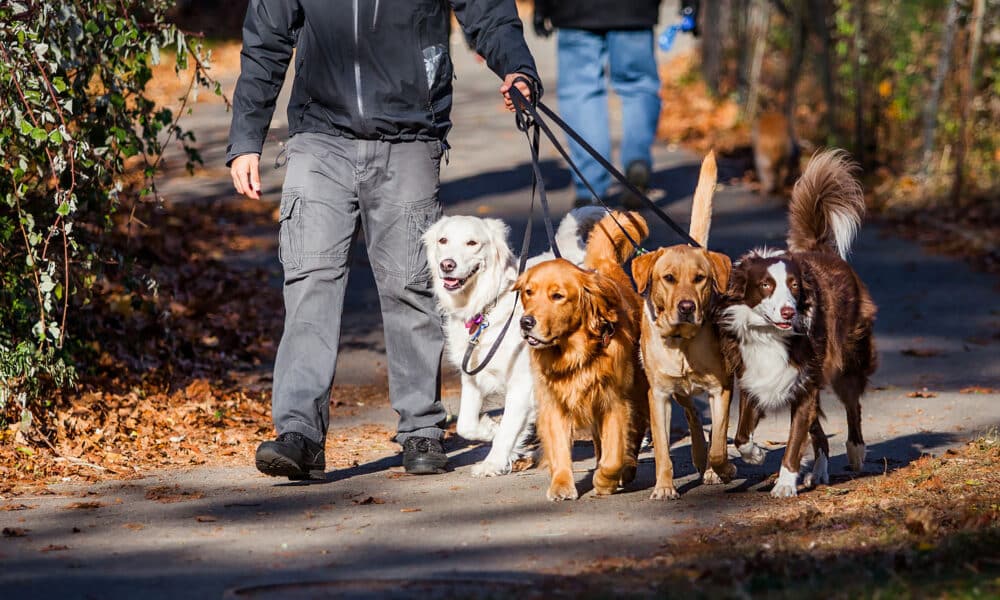
Researchers at Johns Hopkins University reveal that traumatic brain injuries (TBIs), were the second most common injury among adults who walk their dogs from 2001 to 2020.
The researchers’ study also identified finger fractures and shoulder sprain or strain as other common injuries related to dog walking.
The study discovered that women, and all adults 65 years old and older, were more likely than any other demographic groups to sustain injuries, such as fractures and TBIs.
And the researchers also found that TBI, along with hip fracture, were the two most common injuries among adults aged 65 and older.
Furthermore, older dog walkers are more than three times more likely to fall, more than twice as likely to have a fracture and finally, 60% more likely to sustain a TBI than younger dog walkers.
Meanwhile, women who suffer injuries from dog walking activities were 50% more likely to sustain fractures than men.
From 2001 to 2020, the estimated annual incidence of leashed dog walking-related injuries has quadrupled.
The researchers presume that this is because of the rise of dog ownership and the promotion of dog walking benefits over the years.
According to the Johns Hopkins University’s Hub, the researchers are from the Johns Hopkins School of Medicine and the Johns Hopkins Bloomberg School of Public Health.
Ridge Maxson, one of the study’s first author and a third-year medical student at the Johns Hopkins School of Medicine said, “Although dog walking is a common daily activity for many adults, few studies have characterized its injury burden. We saw a need for more comprehensive information about these kinds of incidents.”
The researchers hope that their finding will promote awareness among dog owners. And also encourage doctors to discuss these possible common injuries related to dog walking with their patients.
The study’s senior author, Edward McFarland, said, “We encourage clinicians to screen for pet ownership, assess fracture and fall risk, and discuss safe dog walking practices at regular health maintenance visits for these vulnerable groups. Despite our findings, we also strongly encourage people to leash their dogs wherever it is legally required.”






